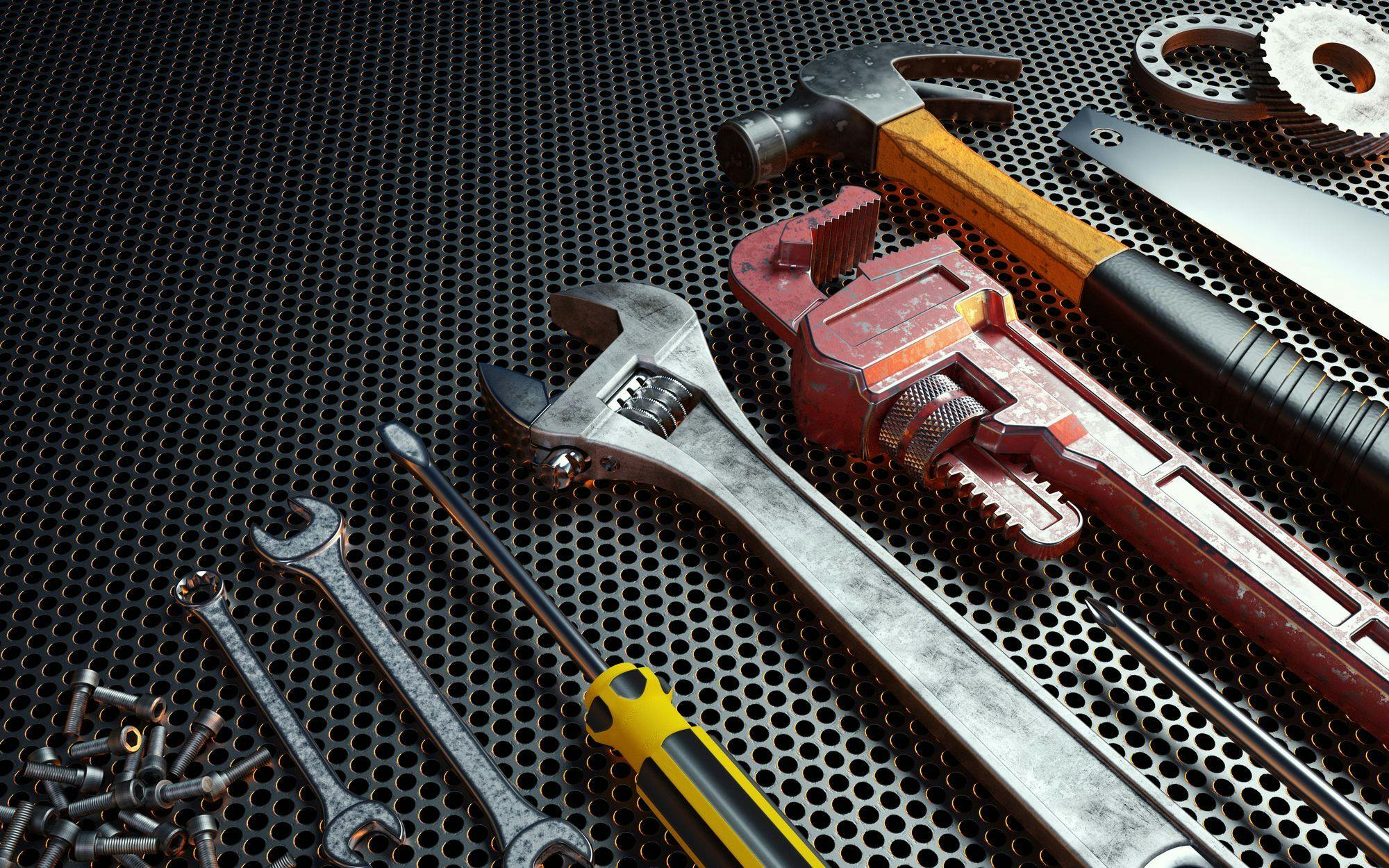
How to Create a Tools Strategy That Keeps a Job Moving
Most contractors will say having the right tools for a construction project is essential for staying on budget and schedule. Although downtime is imminent if the team doesn't have the right tools, is investing in new inventory the best use of capital? Let's take a look.
Many variables go into a contractor's decision to buy or rent, but rental is increasingly used to supplement the existing fleet. If the contractor doesn't have the right inventory, teams turn to tool rental solutions to get what they need, when they need it.
So, where to start? Here are some key considerations.
Maintenance
Even the most basic hand tools need regular rag cleaning, and the more advanced tools require some additional maintenance to keep them in good and safe working condition. Ignoring the essential maintenance can shorten the tool lifespan, and it leads to additional, costly replacements overall.
Repair and replacement
There's no real test to know how long a tool will last, but quality can be an indicator of longer shelf life. Read the warranty carefully—understand what it does and does not cover, and for how long. If a tool breaks and the warranty doesn't cover the damage, the repair or replacement cost is on the contractor and will add to the overall price tag. The typical response is to purchase another tool in the meantime, which will lead to cost creep.
Tracking
Tracking owned tools can turn into a full-time job. Tools in repair, in good condition, or use—tracking takes time and ultimately adds to the project budget. Fleet-tracking technology is often an added feature of tool rental, which could be advantageous to the crew and timelines and budgets. Looking ahead, solutions could emerge that provide a standardized tracking platform that can be accessed by smart devices. These platforms could aim to track across multiple OEM tool providers, expanding contractor visibility into tool inventory to reduce loss and underutilization.
Storage
Storing tools requires space, which again costs money. The more tools a company owns, the more storage space it will need.
Insurance
Contractors who invest in high-tech tools—such as a new $1,500 laser level—may also require tool insurance policies that cover loss or damage to protect their investments. For projects that require expensive or specialized tools, policy floaters can be an added expense to consider.
Theft
The National Equipment Register found that jobsite theft costs businesses as much as $1 billion each year. Tool loss is most significant on jobsites that don’t have tracking, tracing or tool use accountability. The frustrating buy-lose-buy cycle can send a tool budget skyrocketing and erode profitability.
Capital Preservation
Buying tools, especially expensive ones, also creates an opportunity cost. Because contractors put the money into those tools, they’ve lost the opportunity to use the capital in other ways. Companies can no longer decide that some of their project dollars would be better spent on another, more profitable investment, especially when the tool might only be used for a fraction of the project.
The benefit of tool rental is the opportunity for a contractor to create custom solutions or packages. Single tools, tool packages, custom-stocked tool boxes for teams and project specifications—there are so many options. Plus, some jobs require a specific set of tools to adhere to standards and requirements. Renting tools can help ensure teams and projects are compliant.
Tool and equipment rental providers should have specially trained experts available to help determine the right tools and supplies for the job, scaled and configured to the project scope. These experts can also help bridge any gaps between estimating and project management teams, budgeting for tool costs in the planning process. The tool rental experts are a resource and can deliver a lot of value when planning and tracking inventory, conducting inspections and providing maintenance to keep crews productive and ultimately minimize downtime.
Having the right tool at the right time is the name of the game when it comes to productivity that keeps a job moving. Contractors that rent top-quality, well-maintained tools find they boost productivity and streamline operations through onsite availability, decreased downtime due to tool failure and lower loss rates. Renting also gives companies the flexibility to free up capital and invest in other areas of the business. It’s a viable strategy that reduces overall tool cost and lets contractors add dollars to the bottom line.
Related stories








